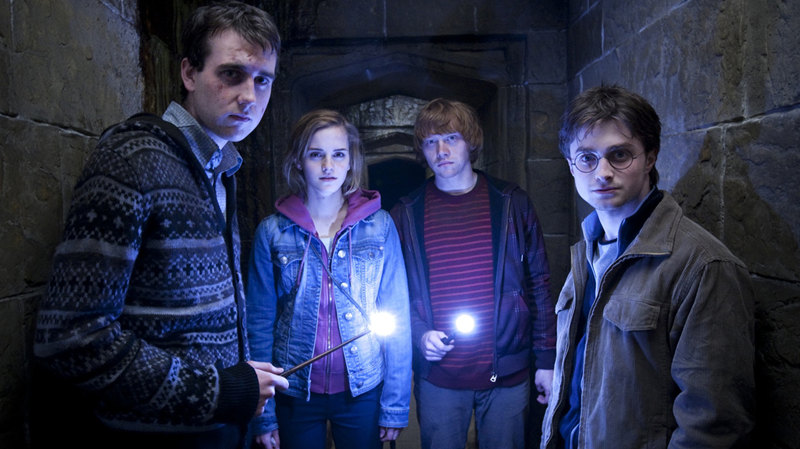It’s always the way, isn’t it? When one sibling shines, the shadow all but enshrouds the other.
Wolfgang Amadeus Mozart was born into a musical family in which his sister, five years older than he, was the first to be schooled in keyboard instruments. When Mozart was eight years old, the family began 11 years of travel throughout Europe, with the two child prodigies entertaining nobles and royalty. Mozart went on to become one of the most famous composers of all time, and his sister, discouraged by gender limitations of the era, resigned herself to promoting Mozart and his legacy—especially after her brother’s death (she outlived him by 43 years).
This period drama from writer-director René Féret offers a re-imagined glimpse into those early years when the four Mozarts endured primitive, vaudeville-like conditions to present the two young musicians in the courts of Munich, Vienna, Prague, Mannheim, Paris, London, The Hague, Zurich, and Donaueschingen.
Maybe it’s appropriate that in terms of production values “Mozart’s Sister” pales compared to “Amadeus,” the 1984 film that won Best Picture and seven other Oscars. This is the other Mozart, after all—the one that doesn’t get any attention. The 2010 film didn’t have the budget of “Amadeus” and so there are no grand ballroom shots with hundreds of guests to show off the opulence of an era—although there are a few hall scenes and shots of Versailles in rooms that many viewers can recall filing past as tourists. The rest of the film was shot in Somme, France, and one suspects the low-lit look in many sequences might be in part deliberate (to keep the light from directing discriminating eyes to details or objects that might be lacking) and partly the by-product of a limited budget.
There’s nothing flashy about the plot or cinematography, either, and nothing remotely high concept. “Mozart’s Sister” is a quiet, slow-paced film that’s content to depict the life of an itinerant musical family in the 1760s, in addition to casting a spotlight—better make that a flashlight—on Mozart’s sister Maria Anna, who was called Nannerl. We’re not sure we get a full sense of the relationship between Nannerl and her father—a strange and complicated one that would result, years after the time period in which this film is set, in Leopold raising her first child as if it were his own, at his insistence.
But while there are scenes in “Amadeus” that seem written or staged, the sequences here seem to flow organically. You’re not as conscious of the artifice. In addition, there are shots here that we don’t see in other period films, such as the Mozart children being forced to sleep in the same bed as their parents (Marc Barbé, Delphine Chuillot), though Nannerl wasn’t exactly a little girl—she was a teenager. And we really do get a sense of the hardships the family must have faced in traveling across Europe. Seeing little Wolfgang in a wig, we also gather that to appear in court even the boys had to adapt to current fashion. And the costumes in “Mozart’s Sister” are as resplendent as you’d hope for in a period piece like this.
“Amadeus” is glitzier and gets all the attention, but “Mozart’s Sister,” like its ignored namesake, is also aesthetically pleasing . . . just on a different level. It really is a quieter film that reflects Nanerl’s personality and actress Marie Féret’s performance. Even so, as Nanerl becomes close friends with the daughter of King Louis XV and she wants a favor from her that involves her brother (Clovis Fouin) and some secrecy, we get the kind of courtly intrigue that has so often characterized films about the French monarchy.
Video:
I saw no problems with the AVC/MPEG-4 transfer. Despite frequently dark interior scenes and exteriors shot using natural light (no doubt, again, for cost-cutting reasons), there’s still enough detail to satisfy most HDphiles. The most impressive detail pops out in close-ups and more brightly lit interiors, but grain isn’t an issue and colors and skin tones seem naturally saturated. “Mozart’s Sister” is presented in 1.85:1 aspect ratio.
Audio:
The audio is a French DTS-HD MA 5.1 with English subtitles. Even at low levels the dialogue is still crisp-sounding and the music precisely rendered. It’s not a dynamic track, but the rear speakers do deliver a good amount of ambient sounds, especially with the outdoor carriage scenes and interior shots in which there are a number of people assembled.
Extras:
Music-lovers will be happy with a CD of the original soundtrack from the film, featuring compositions and arrangements by Marie-Jeanne Serero. I find it fascinating that the director chose a female composer who teaches at the Paris Conservatoire and charged her with the task of creating compositions that Nannerl might have written herself. To have her work here is a nice bonus feature. Unfortunately, it’s also the onlybonus feature.
Bottom line:
“Mozart’s Sister” is a story that needed to be told, and René Feret crafts a film that feels well suited to a talented sibling forced to live in the shadow of another. Its pace may test some viewers’ patience, and the performances themselves are understated throughout, but “Mozart’s Sister” ultimately feels authentic. And for a period film, that’s no small thing.


